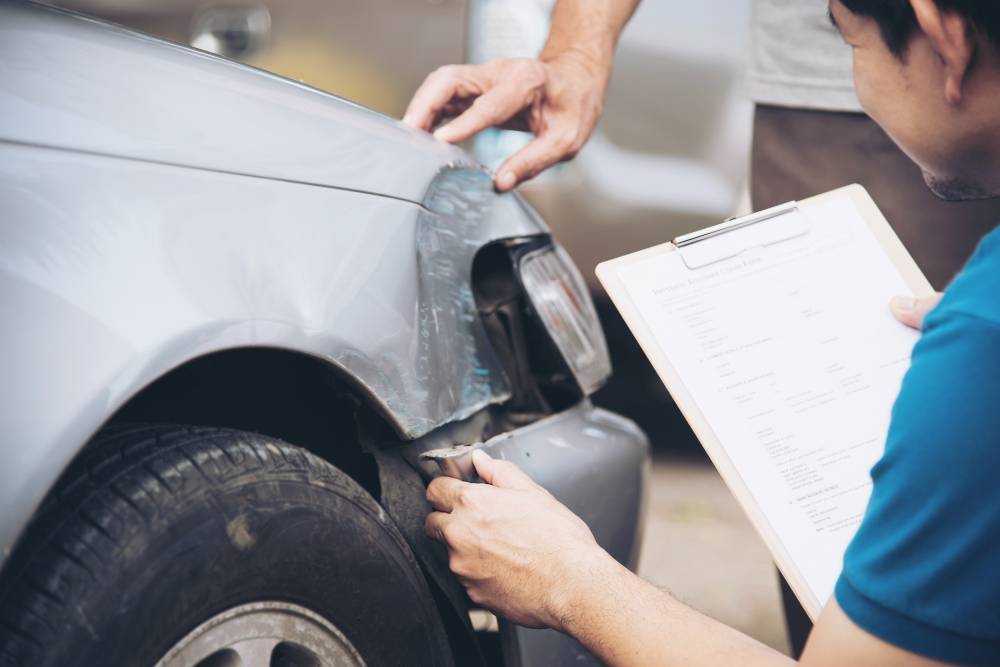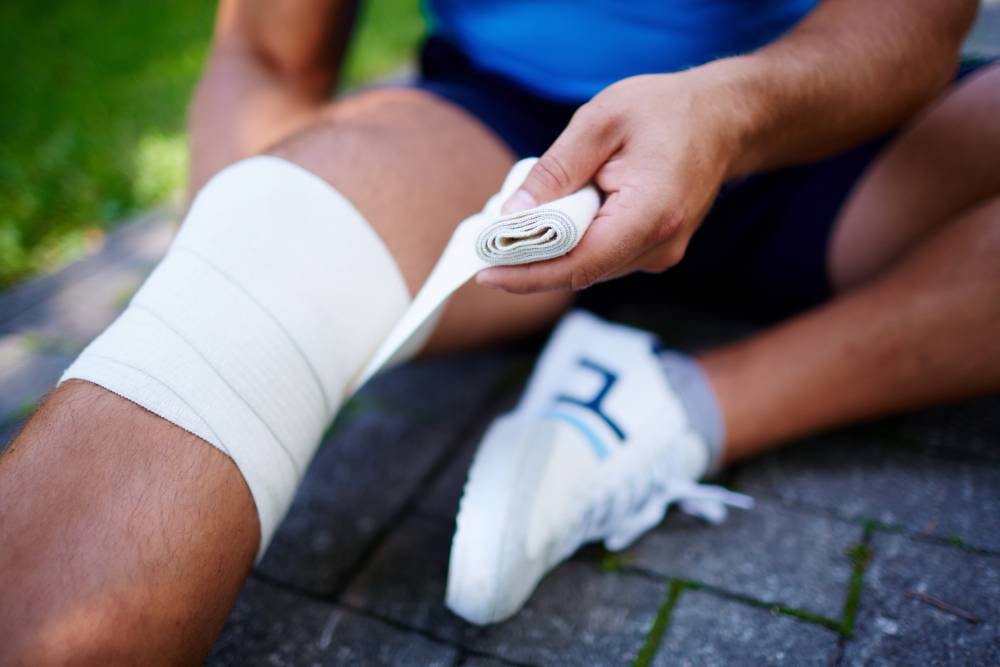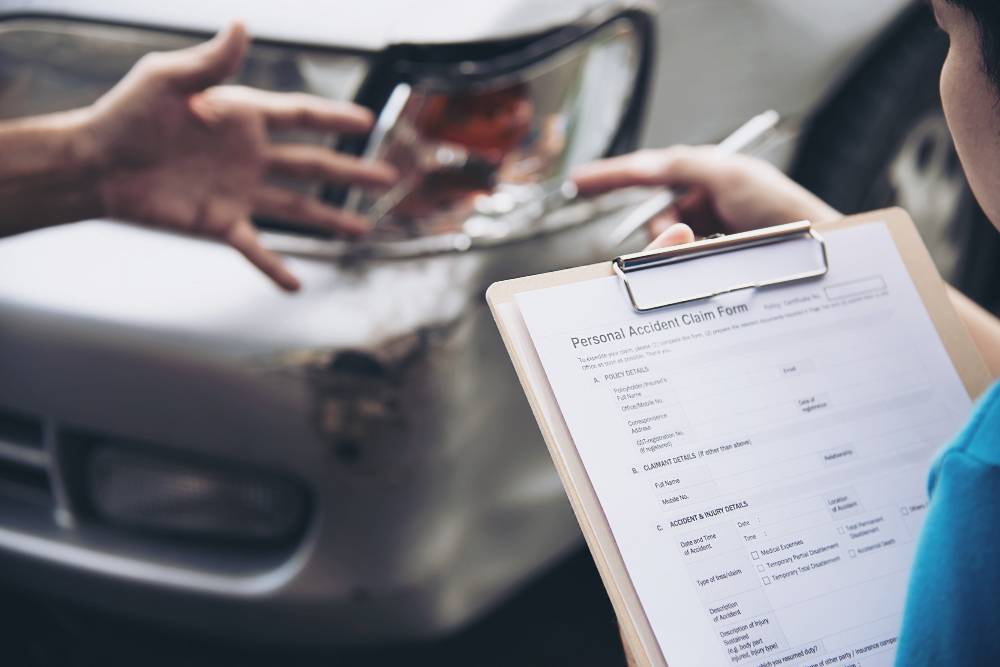Interstate 10 Truck Accident Lawyer West Texas
Commercial Truck Crashes on Interstate 10
Interstate 10 stretches across West Texas as a vital commercial artery, connecting El Paso to San Antonio and serving as a critical link in the nation’s freight transportation network. However, this essential highway carries a deadly distinction: I-10 in Harris County ranks as the fifth most dangerous highway in America, with 585 fatal crashes causing 676 fatalities in recent years. More information on Personal injury lawyers Odessa
The combination of heavy commercial traffic, high speeds, and challenging weather conditions creates a perfect storm for catastrophic truck accidents along I-10‘s West Texas corridor. Recent Texas Department of Transportation data reveals that commercial motor vehicle crashes occur at an alarming rate of 98 accidents per day statewide, with Interstate 10 serving as a primary location for these devastating collisions. More about our Midland Personal Injury Lawyer here
Geographic and Traffic Factors Creating I-10 Dangers
West Texas presents unique challenges for commercial truck operators traveling I-10. The highway’s elevation changes, crosswinds, and sudden weather shifts demand constant attention from drivers already fatigued from long-haul routes. Many truck drivers reaching West Texas have already traveled five to six hours from Dallas, while those coming from western states may have been driving even longer.
The vast distances between services along I-10 in West Texas create additional hazards. Limited truck stops and fuel services force drivers to plan carefully, but unexpected delays can push drivers beyond safe operating hours. Electronic logging devices help monitor driving time, but economic pressures still encourage some drivers to push legal limits.
Construction zones along I-10 compound safety challenges, as lane restrictions force heavy trucks into closer proximity with passenger vehicles. Nearly one-third of all fatal work zone crashes involve commercial trucks, making construction areas particularly dangerous for both workers and motorists.
Commercial Traffic Volume and Accident Statistics
Texas leads the nation in fatal truck accidents, with I-10 serving as a major contributor to these grim statistics. In 2023, Texas reported 35,827 crashes involving commercial trucks, resulting in 613 deaths statewide. Large urban areas like El Paso, San Antonio, and Houston—all connected by I-10—saw the highest concentration of truck accidents.
The Federal Motor Carrier Safety Administration reports that 74% of large truck crash deaths involved tractor-trailers, the predominant vehicle type on I-10. The highway’s role as a transcontinental freight route means it carries a disproportionate share of the heaviest commercial vehicles.
Recent data shows a 5% increase in commercial truck accidents compared to previous years, correlating with growing freight movement across Texas. This trend reflects increased consumer demand for goods transportation and the state’s role as a major distribution hub for national commerce.
Driver Fatigue and Hours of Service Violations
Long-haul trucking along I-10 creates significant fatigue risks for commercial drivers. Federal hours-of-service regulations limit consecutive driving time, but economic pressures encourage drivers to maximize their allowable hours. The vast distances between major cities in West Texas mean drivers often reach their hour limits just as they encounter urban traffic complexities.
Sleep deprivation affects reaction time, judgment, and vehicle control—critical factors when operating 80,000-pound vehicles at highway speeds. The monotonous terrain along much of I-10 in West Texas can induce highway hypnosis, where drivers lose focus despite being technically awake.
Electronic logging devices have reduced some hours-of-service violations, but drivers still face pressure to maintain tight delivery schedules. Weather delays, traffic congestion, and mechanical problems can force drivers to choose between missing deliveries and exceeding safe driving limits.
Weather-Related Hazards on West Texas I-10
West Texas weather creates unique hazards for I-10 truck traffic. Sudden thunderstorms can reduce visibility to near zero, while high winds affect vehicle stability. Dust storms, common in the region, can appear with little warning and create whiteout conditions lasting for miles.
Winter weather brings ice storms that make I-10 treacherous for heavy vehicles. Black ice formation on overpasses and bridges creates invisible hazards that can cause jackknifing or loss of control. Sand storms during spring months can sandblast windshields and reduce traction on roadway surfaces.
Heat extremes during summer months affect tire integrity and engine cooling systems. Tire blowouts become more common in temperatures exceeding 100 degrees, while overheated brakes can fail during extended downhill sections.
Equipment Failures and Maintenance Issues
Commercial trucks operating on I-10 face intense mechanical stresses from heavy loads, high speeds, and extreme weather conditions. Brake failures pose particular dangers given the highway’s elevation changes and the need for frequent speed adjustments in traffic.
The Texas Department of Public Safety’s inspection programs have found that 27-30% of Texas commercial trucks operate under potentially dangerous conditions. Common violations include:
- Defective brake systems
- Tire wear exceeding legal limits
- Inoperable safety lighting
- Improperly secured cargo loads
- Out-of-adjustment steering systems
Equipment manufacturers face increasing liability for defective components that contribute to I-10 truck accidents. Modern commercial vehicles contain complex electronic systems that can malfunction, causing sudden loss of power, braking, or steering control.
Cargo-Related Accident Factors
I-10 carries diverse freight cargo, from consumer goods to hazardous materials. Improperly loaded or unsecured cargo can shift during transport, affecting vehicle stability and handling. Overloaded trucks exceed design limits for braking and steering systems, making accidents more likely and more severe.
Liquid cargo creates unique hazards due to surge effects when vehicles change speed or direction. Tank trucks carrying petroleum products, chemicals, or other liquids require specialized driving techniques that not all operators master adequately.
Hazardous materials transportation along I-10 poses additional risks, as accidents involving toxic or flammable materials can affect wide areas and require specialized emergency response. Recent incidents involving chemical spills have closed sections of I-10 for extended periods.
Speed Differentials and Traffic Interactions
I-10’s posted speed limits often exceed safe operating speeds for heavy commercial vehicles, creating dangerous speed differentials between trucks and passenger cars. Rural sections with 80 mph speed limits may be appropriate for passenger vehicles but create control challenges for loaded trucks.
Passing zones become particularly dangerous when slower-moving trucks force passenger vehicles into risky overtaking maneuvers. Limited visibility areas, such as hills and curves common in West Texas terrain, compound these hazards by reducing available reaction time.
Urban sections of I-10 near El Paso and San Antonio create different challenges, as heavy trucks must navigate complex interchange systems while surrounded by faster-moving passenger traffic. Rush hour congestion forces trucks into stop-and-go traffic patterns that stress braking systems and increase rear-end collision risks.
Legal Complexities in I-10 Truck Accident Cases
Interstate truck accidents involve complex legal issues due to federal regulations governing commercial transportation. Federal Motor Carrier Safety Administration rules establish standards for driver qualifications, equipment maintenance, and operational procedures that may form the basis for negligence claims.
Interstate commerce adds jurisdictional complications, as trucks involved in I-10 accidents may be registered in different states and operate under varying regulatory standards. Multi-state trucking companies often have complex corporate structures that can complicate liability determination.
Insurance coverage for commercial trucks typically involves much higher policy limits than those for passenger vehicles, reflecting the potential for catastrophic damage. However, multiple parties may share liability, requiring careful investigation to identify all responsible parties.
Economic Impact of I-10 Truck Accidents
The Texas Department of Transportation reports that commercial motor vehicle crashes statewide caused over $4 billion in economic losses in recent years. I-10 accidents contribute significantly to these costs through medical expenses, property damage, lost productivity, and traffic delays.
Individual truck accident settlements often reach into the millions of dollars, reflecting both the severity of typical injuries and the commercial insurance coverage available. Recent cases involving traumatic brain injuries, spinal cord damage, and wrongful death have resulted in substantial jury verdicts.
Emergency Response Challenges
I-10 truck accidents in remote West Texas areas strain emergency response capabilities. The distances between hospitals and trauma centers mean seriously injured victims may face extended transport times before receiving definitive medical care.
Limited emergency services in rural areas may lack the equipment necessary to handle large-scale truck accidents, particularly those involving hazardous materials. Mutual aid agreements between counties help provide additional resources, but response times remain a critical factor in survival outcomes.
Interstate 10 truck accidents require immediate legal attention to preserve crucial evidence and protect victims’ rights. The complex federal regulatory framework, multiple potential defendants, and high stakes involved in commercial vehicle litigation demand experienced legal representation to ensure injured parties receive full compensation for their damages. Understanding both the unique hazards of West Texas highway transportation and the legal standards governing commercial trucking is essential for the successful resolution of these complex cases.




